Thông báo
Vui lòng điền vào thông tin bên dưới
Khẩn cấp
5 COMMON TYPES OF SPORTS INJURIES AND TREATMENT
According to MSc. Nguyen Hong Trung, Medical Doctor, Medical Director, sports injuries refer to damage sustained during physical activities, especially sports. These injuries can result from various causes, including direct or indirect impact, overuse, incorrect technique or lack of preparation before engaging in activities. These injuries can affect multiple body parts, such as muscles, tendons, bones, ligaments, joints, and soft tissues, potentially causing serious health issues and limiting the patient’s ability to participate in sports.
Good understanding of common types of sports injuries and their timely treatment methods can help athletes and sport participants recover faster and safely return to sports.
Here are 5 common sports injuries and their effective treatment:
1. Muscle injuries: muscle strains
Muscle strain is a common sports injury, occurring when a muscle or tendon is overstretched or torn(often involving the muscle sheath) due to pressure exceeding its tolerance. This condition may happen during training, competition or performing sudden movements such as accelerating, stopping suddenly, or overextending.
► Symptoms of Muscle Strains
Pain in the strained site, which may appear even when sitting, resting or at night.
Sudden injuries may be accompanied by redness, swelling, bruising due to muscle or muscle sheath tearing, which lead to localized bleeding or hematoma formation.
Difficulty moving, muscle cramps, especially with severe muscle strains, the patient might be unable to move or walk.
Weak muscles and tendons
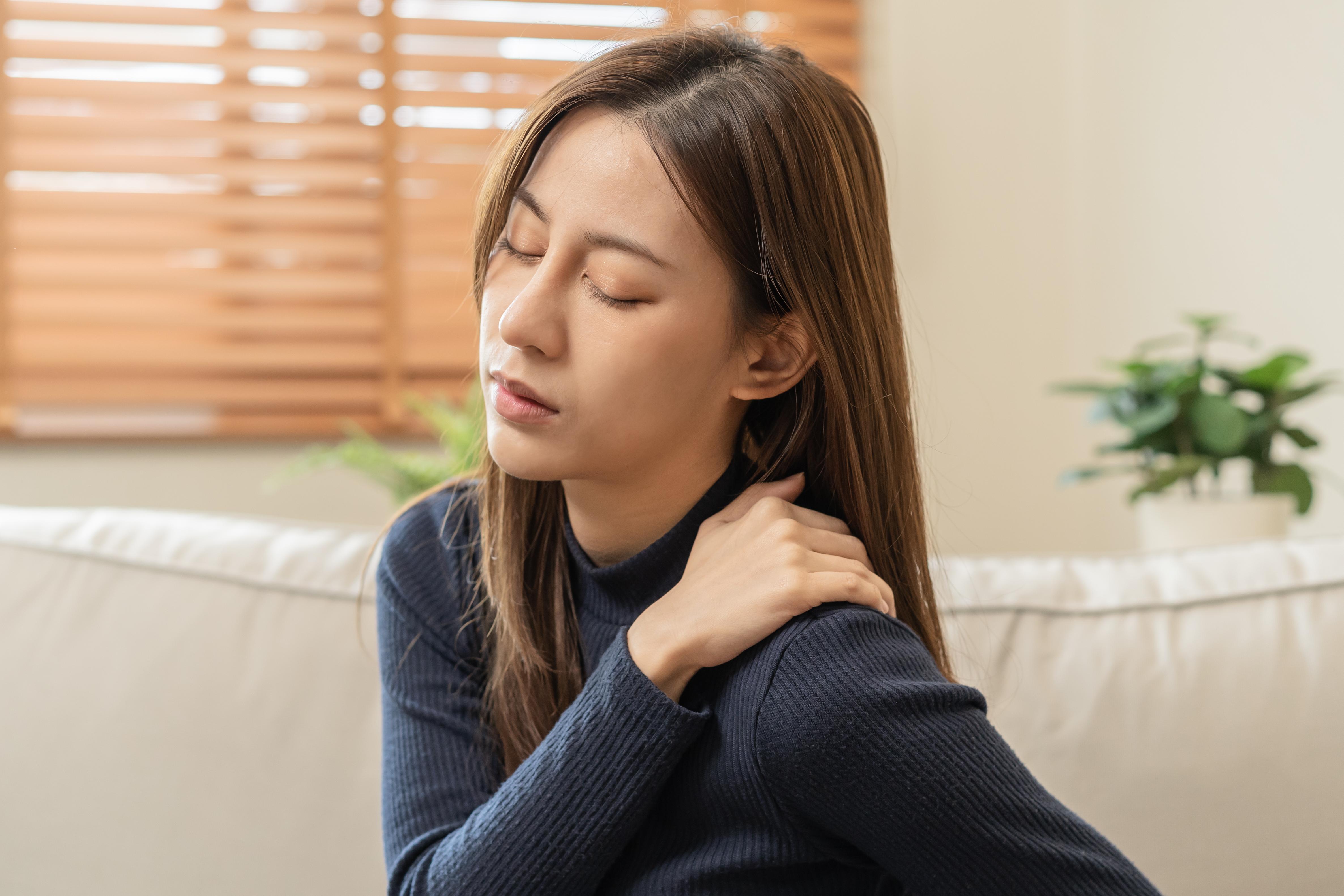
2. Sprains
A sprain is an injury affecting the attachment points of tendons and ligaments around a joint, often occurring when the joint is overstretched or torn due to a fall, misstep, or improper training method. When a sprain occurs, symptoms such as sharp pain, swelling, bruising, hematoma formation, and joint instability may appear.
► Common symptoms of a sprain can include:
• Sharp pain, swelling, bruising, and hematoma formation.
• Joint instability, feeling loose or weak.
• Difficulty moving, potentially unable to walk or bear weight.
• Sprains can range from mild to severe and may be accompanied by symptoms like muscle weakness and cramps.
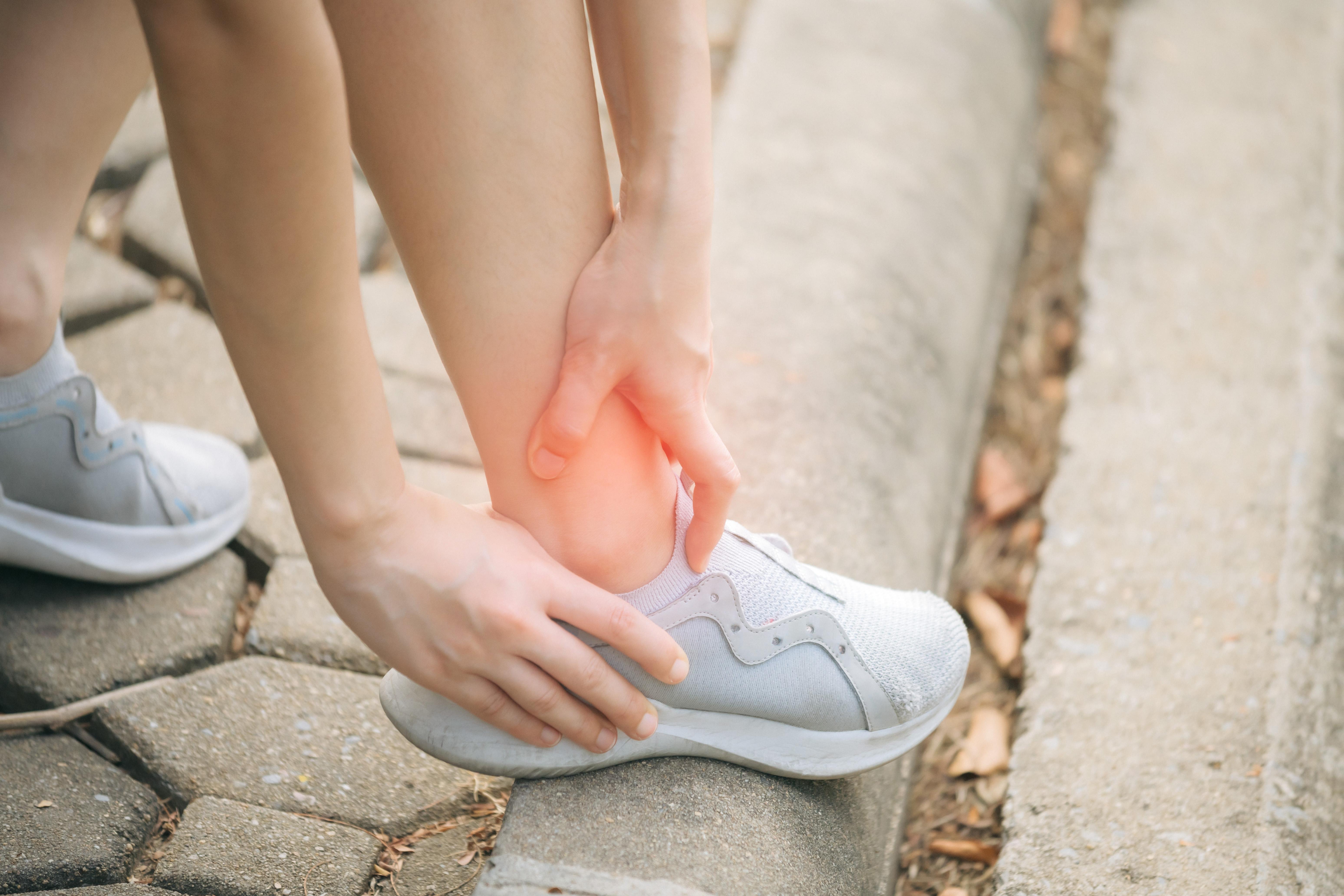
3.Knee Injuries
Knee injuries are among the most common sports injuries, as the knee joint is a complex structure and bears significant weight.
► Some of the most frequent knee injuries include:
• Anterior cruciate ligament (ACL) and posterior cruciate ligament (PCL) tears: These occur due to poor landing techniques, heavy impact leading to excessive force on the knee, or sudden changes in direction. Initial symptoms include severe pain, swelling, inability to move, and knee instability.
• Meniscus damage: These cause pain, limited movement, and may result in joint locking (joint catching).
• Tendonitis and tendon sheath inflammation: Typically caused by overuse or repetitive motions.
• Knee dislocation: Occurs when the knee joint shifts out of its normal position, causing severe pain and inability to move the joint.
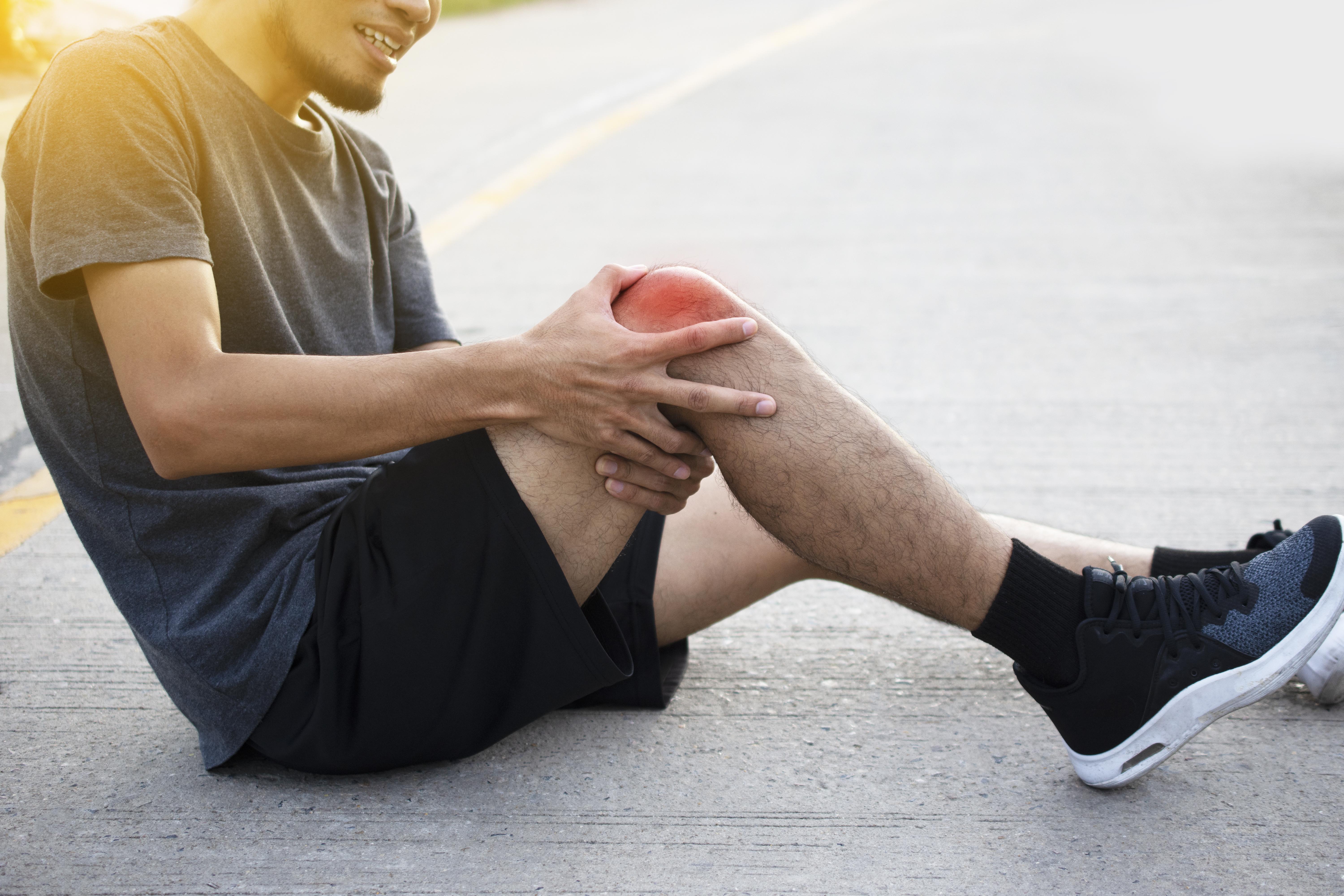
4.Shoulder Injuries
Shoulder injuries: common among professional athletes, often including shoulder dislocations, rotator cuff injuries, or labral tears.
► Symptoms of shoulder injuries:
• Pain: Sharp or dull pain, especially when moving the shoulder or lifting the arm.
• Restricted movement: Difficulty moving the shoulder, raising the arm, or rotating the shoulder.
• Swelling and bruising: Soft tissue damage may cause swelling or bruising around the shoulder.
• Weakness: A feeling of weakness when using the arm or shoulder.
• Grinding or popping sounds: A sensation of grinding or slipping in the shoulder joint when moving.
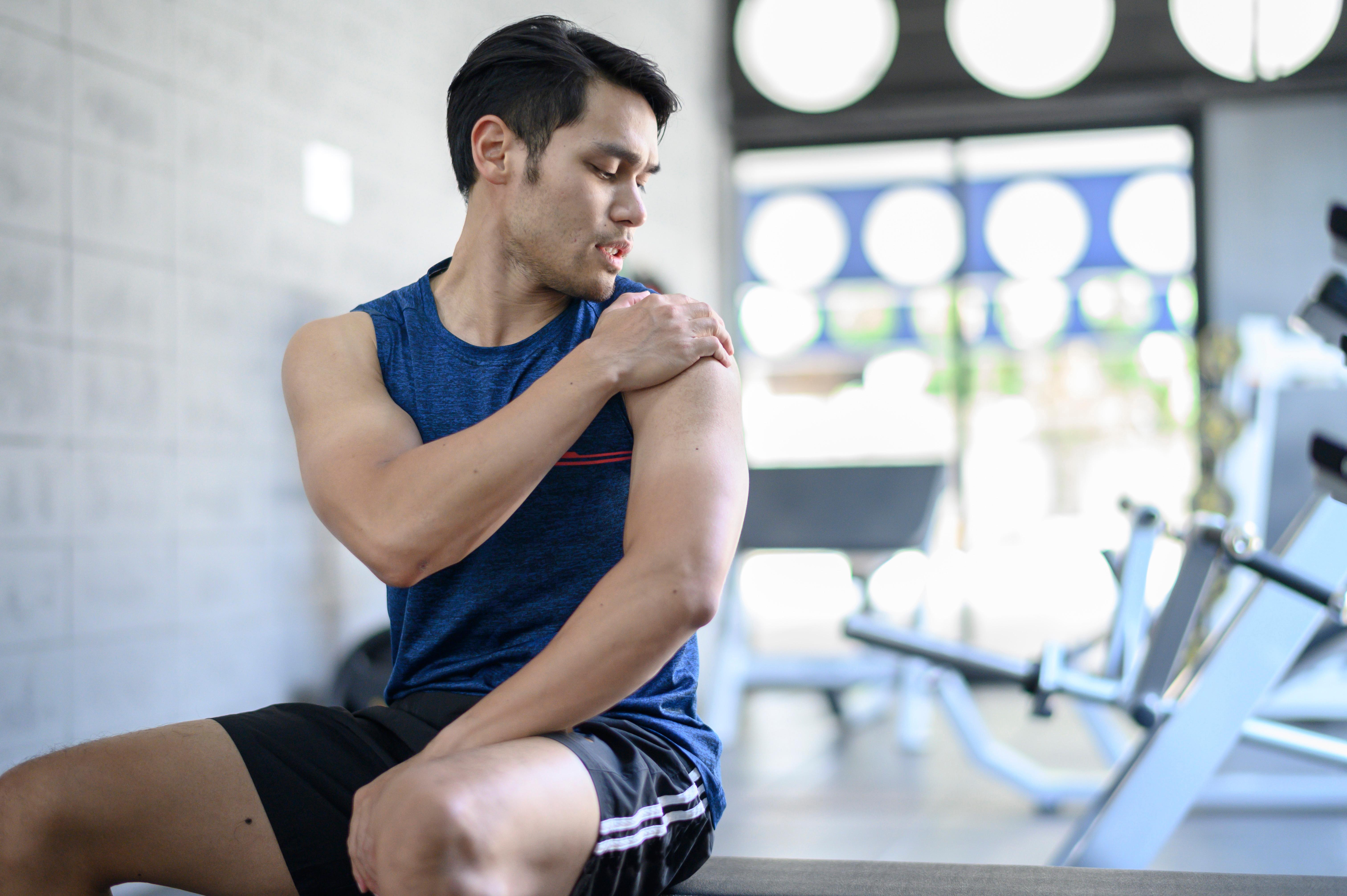
5. Bone Fractures
Bone fractures in sports occur due to strong impact or twisting forces. The fracture can be simple or complex and in multiple fragments, and can occur in different locations. Recognizable signs of a fracture include grinding sounds, bruising, swelling, and deformity. ► Symptoms of a bone fracture:
• Pain, especially when touching the injured area (sharp, localized pain).
• Swelling around the fracture site.
• Inability to move involving the affected area.
• Bruising or discoloration at the fracture site.
• Abnormal deformity at the fracture location.
• May be accompanied by an open wound (open fracture) or no external wound (closed fracture).
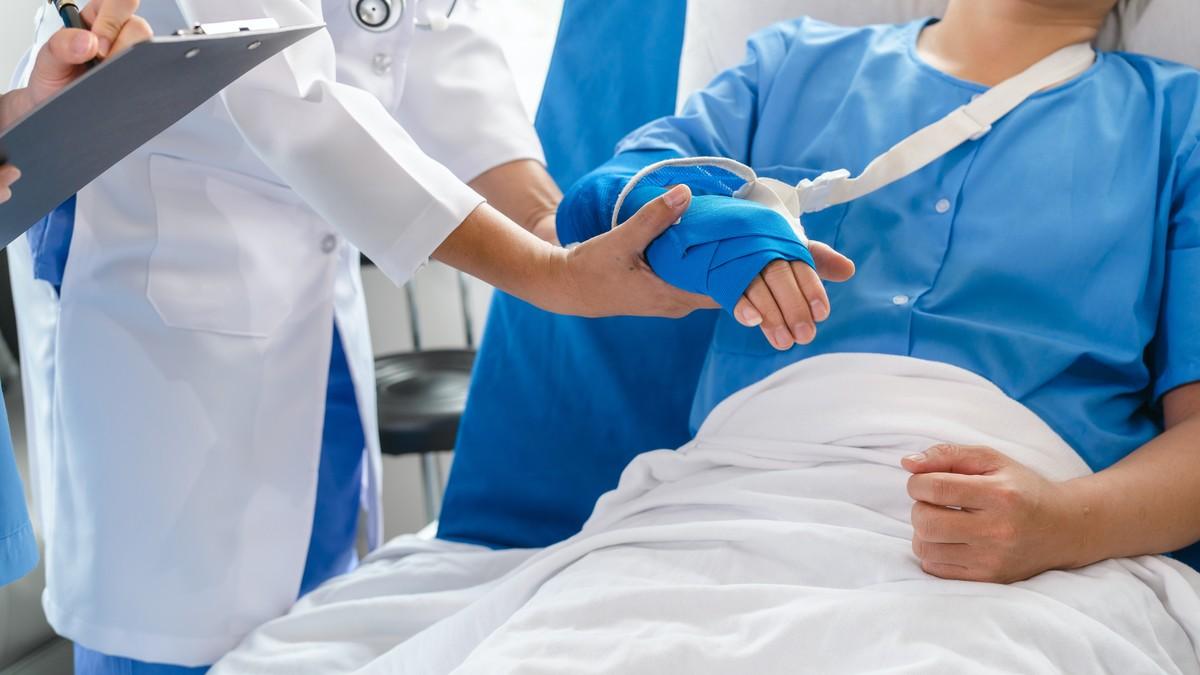
► What to Do Immediately After a Sports Injury?
For acute soft tissue injuries (such as sprains, bruises, muscle strains, or ligament tears), first aid should be applied as soon as possible, especially within the first 72 hours, using the R.I.C.E. method:
Rest: Stop any physical activity causing pain to prevent worsening the injury.
Ice: Apply a specialized cold compress immediately after the injury and continue for up to 72 hours. Each application should last 15-20 minutes, with 30-60 minutes of rest in between. Do not apply ice directly to the skin (wrap it in a cloth or towel).
Compression: Use bandages or braces to stabilize the injured area, alternating with cold compress sessions.
Elevation: Raise the injured limb using pillows, blankets, or cushions to improve venous circulation, reduce swelling, and minimize inflammation.
After performing first aid, the injured person should see a doctor as soon as possible for a thorough assessment and optimal treatment plan. In the case of bone fractures, the injured area must be immediately immobilized with a splint before transporting the person to the nearest medical facility.
► New Solutions in Sports Injury Treatment at American International Hospital (AIH)
After administering first aid, patients may take oral or topical pain relief medications. In complex injury cases, surgery might be necessary. However, both medication and surgical options should only be considered following a specialist’s examination and indication.
Currently, sports medicine offers various treatment and recovery options, among which PRP/PRF injections stand out as a leading biological solution for joint preservation therapy, often combined with physical therapy. Once injected into the injured area, platelets and activating substances release growth factors and biological molecules, which help reduce pain and inflammation, regenerate cellular tissue, promote joint structure recovery, accelerate wound healing.
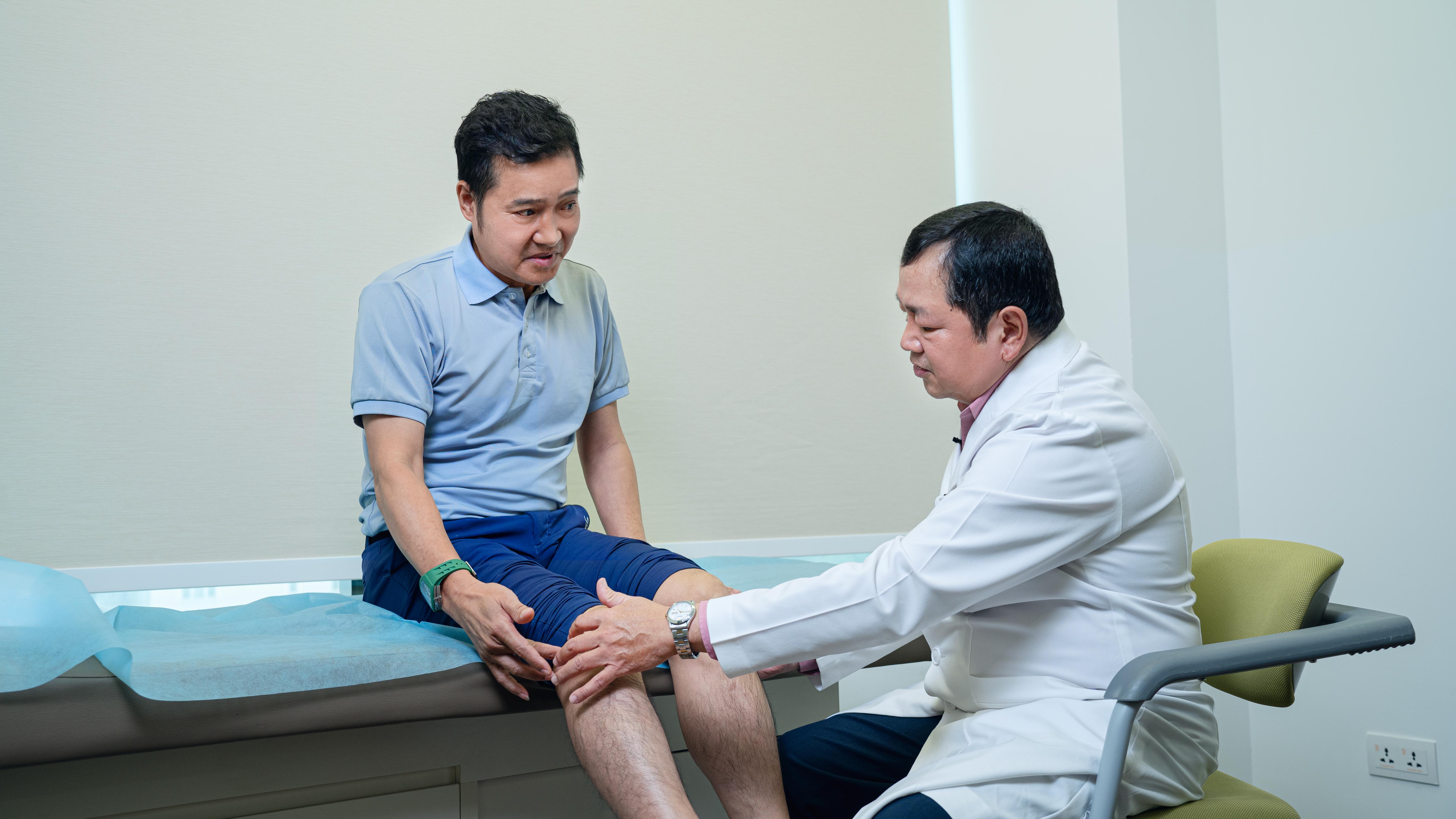
► What Sports Injuries Apply PRP/PRF Treatment?
Muscle and tendon injuries: Strains, tendonitis (rotator cuff tendonitis, Achilles tendonitis, patellar tendonitis, etc.). This method has a success rate of over 95%, allowing patients to reduce pain and regain normal movement.
Ligament injuries: Sprains or overstretch of knee, shoulder, or elbow ligaments.
Joint injuries: Arthritis, cartilage damage, or mild osteoarthritis.
Cartilage damage: Minor cartilage wear or degeneration.
Other tendon and soft tissue injuries: Tendonitis, especially in the elbow (tennis elbow, golfer’s elbow) or Achilles tendonitis.
► Key Benefits of PRP/PRF in Sports Injury Treatment
Pain relief: PRP/PRF reduces pain at the injury site with its anti-inflammatory effects and accelerates tissue healing.
Anti-inflammation: Growth factors in PRP/PRF can suppress inflammation at the damaged sites and significantly reduce swelling and improve joint mobility.
Tissue regeneration & rapid recovery: PRP/PRF releases growth factors, stimulates stem cells and tissue regeneration, promotes faster healing of muscles, tendons, ligaments, and cartilage.
Enhanced healing process: PRP/PRF accelerates wound healing, restores joint and soft tissue structures, allowing patients to return to sports sooner.
Shorter recovery time: Compared to traditional treatments, PRP/PRF significantly accelerates the healing process, making it an ideal option for athletes and active individuals.
At the Orthopedic Trauma Department of American International Hospital (AIH), a team of highly experienced specialists provides direct consultation and PRP/PRF injection therapy for orthopedic conditions.
PRP/PRF uses autologous blood, ensuring a safe process with no allergic reactions, no surgery, and a quick 15-minute procedure per session. This procedure does not affect the biological function of tendons or joints.
The FDA-approved PRP Activator Kit allows maximum collection of high-quality platelets, optimizing the effectiveness of PRP therapy.
► To schedule a consultation and treatment with Dr. Nguyen Hong Trung, please book online via https://aih.com.vn/bac-sy/nguyen-hong-trung-dr or call AIH hotline at (028) 3910 9999.
► At the Orthopedic Trauma Department of American International Hospital (AIH), our team of highly skilled and experienced specialists applies the latest international-standard treatment methods. Most importantly, our orthopedic specialists collaborate closely with the rehabilitation doctor to provide personalized treatment plans and exercises for each patient. These plans are tailored based on comprehensive factors such as the severity of the condition, occupation, sports habits, other medical conditions, and suitable practice schedules for the patient.
Additionally, AIH is equipped with cutting-edge equipment and devices to alleviate pain, shorten recovery times, and provide an ideal treatment environment that best supports patients in rehabilitation practice, helping them regain normal mobility as soon as possible.
--------------------
For checkup and consultation at AIH:




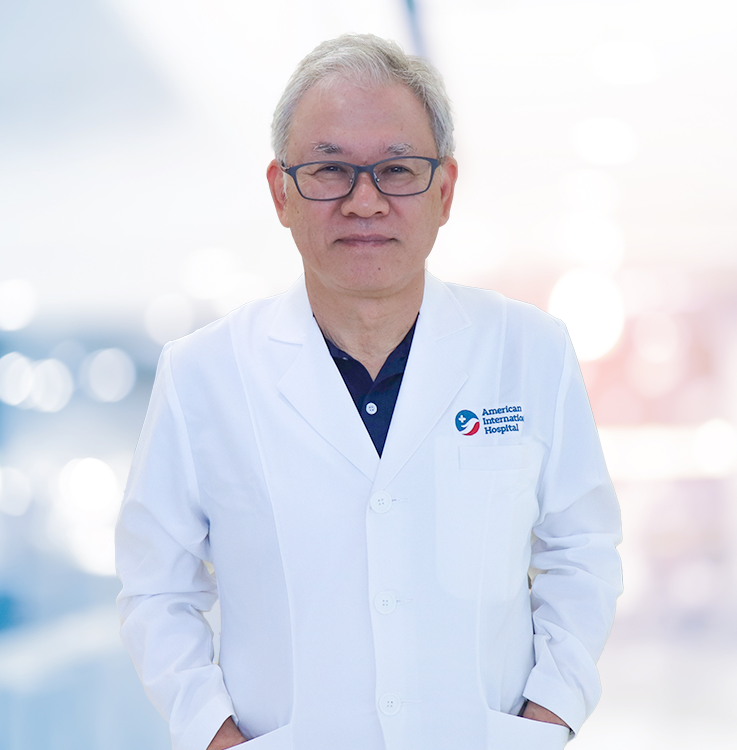
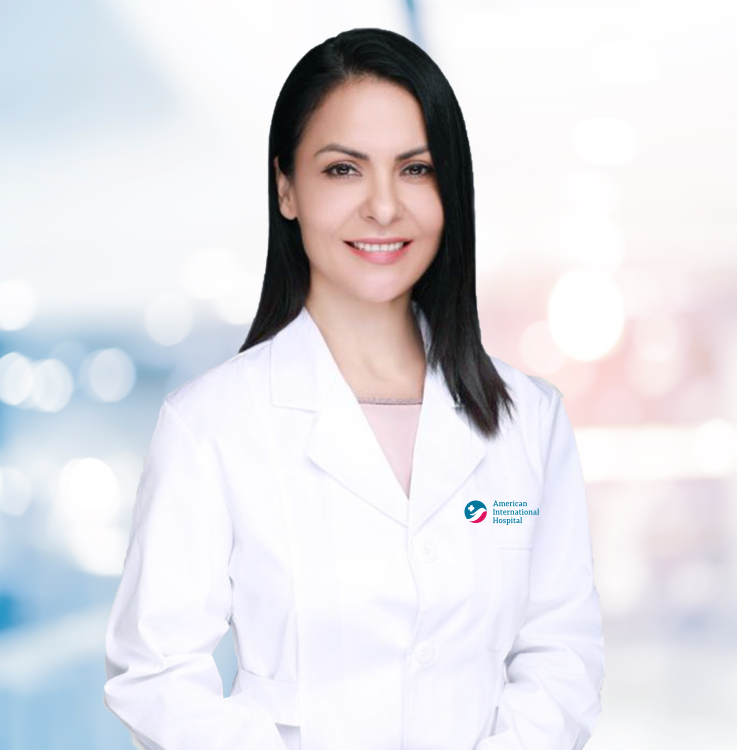













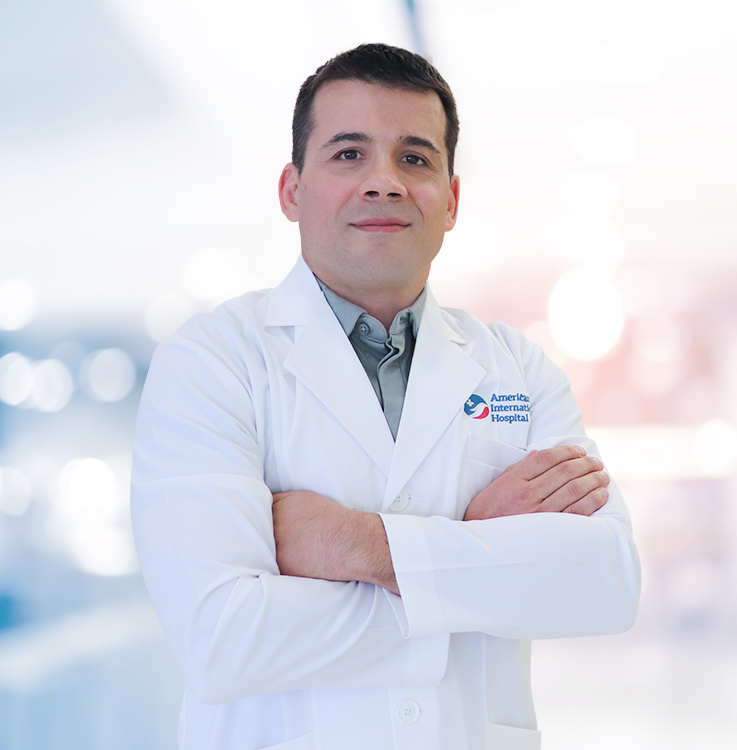









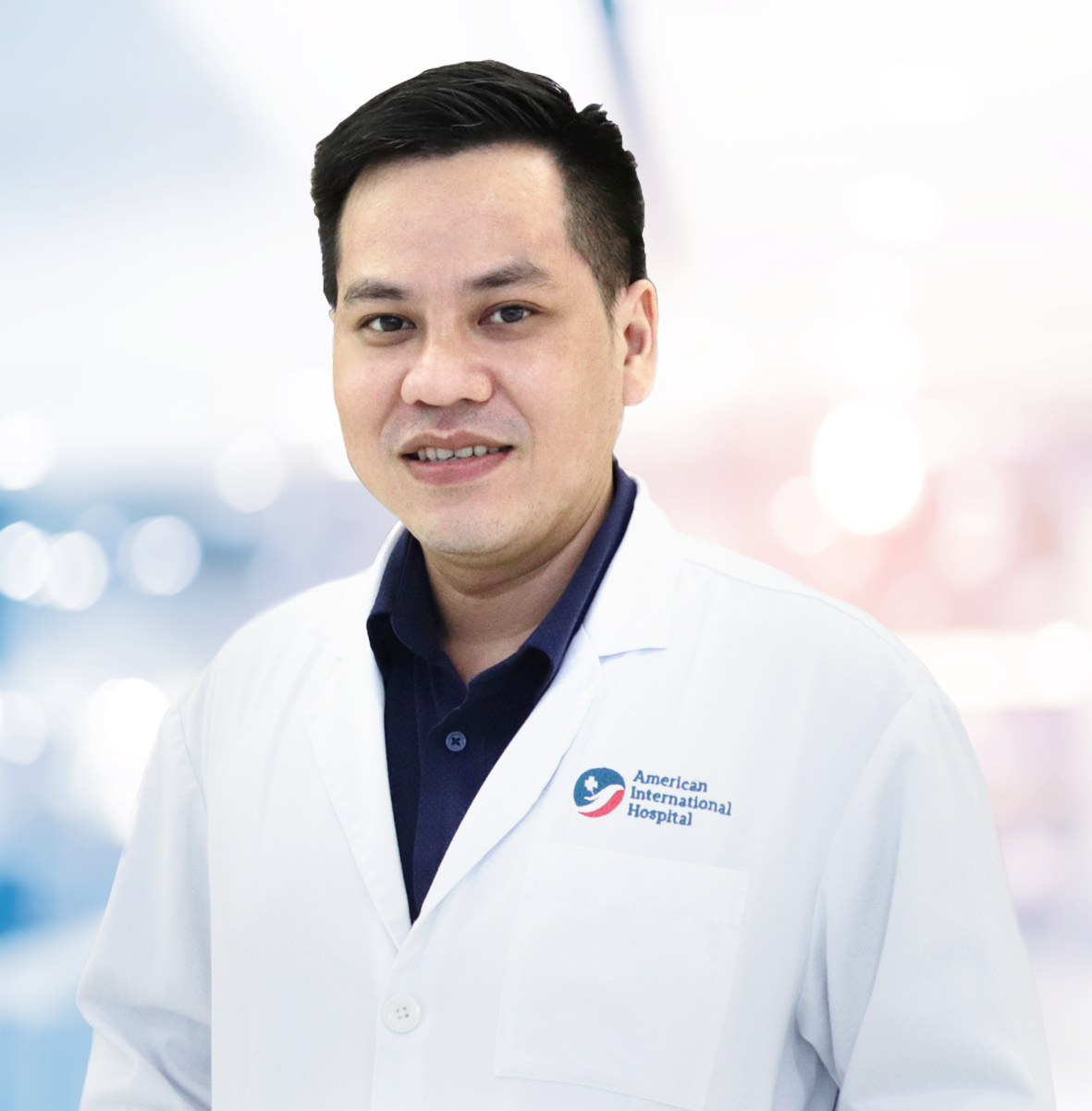























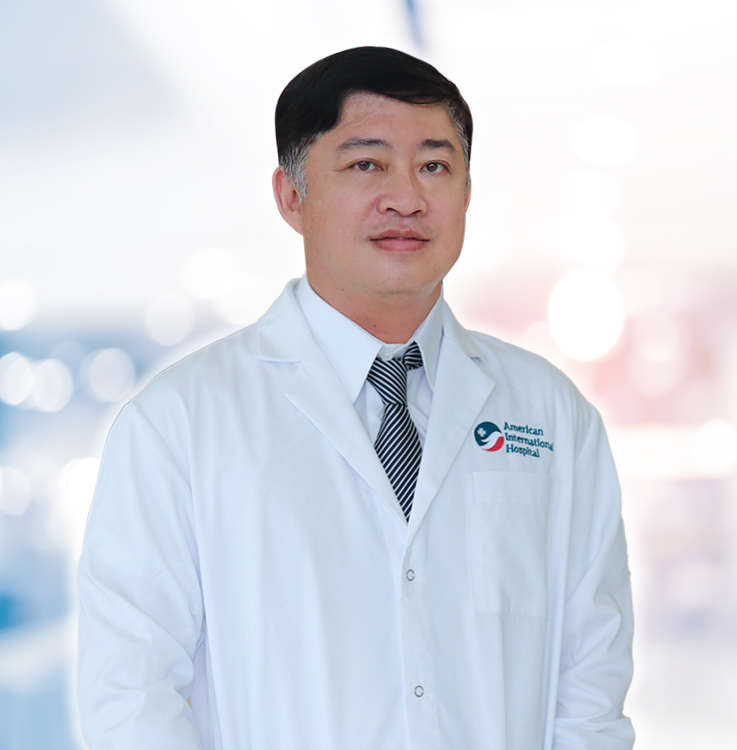











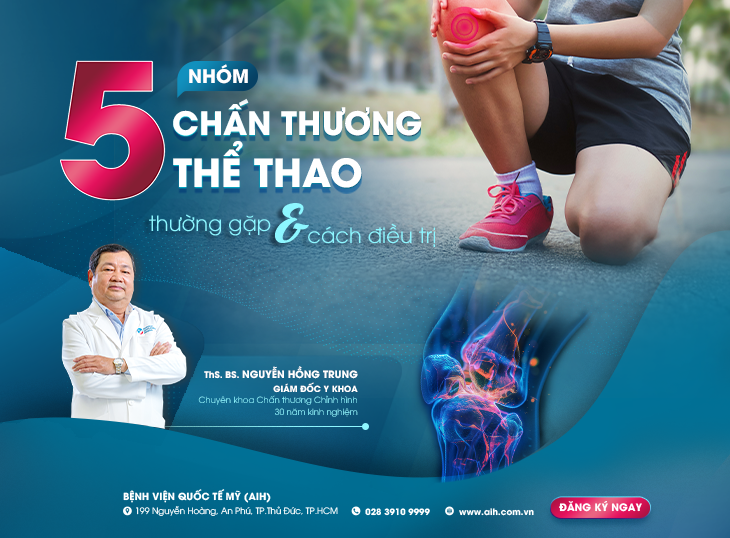



Để lại bình luận